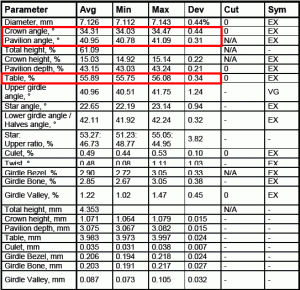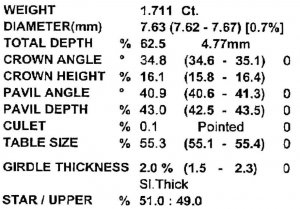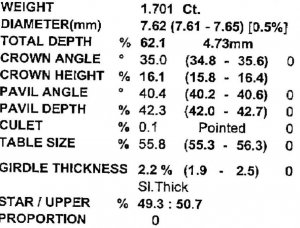Although my heart was pushing for the ASET, the arrows sent me to the IS. Hopefully, I''ll get it soon...
John,
I have no qualms w/ being transferred to another DC or DCs paid on commission. What I do have an issue w/ is not answering questions directly (e.g., Can you qualitatvely describe the inclusion, why it costs $90 to ship a dimaond that is in stock?, etc.). Each time a question was skirted, it led me to want to get further detail. While Katie''s inadvertent e-mail was certainly not offensive, I think most would consider it unprofessional to a client that was willing to spend $20k. No harm, no foul...
John,
I have no qualms w/ being transferred to another DC or DCs paid on commission. What I do have an issue w/ is not answering questions directly (e.g., Can you qualitatvely describe the inclusion, why it costs $90 to ship a dimaond that is in stock?, etc.). Each time a question was skirted, it led me to want to get further detail. While Katie''s inadvertent e-mail was certainly not offensive, I think most would consider it unprofessional to a client that was willing to spend $20k. No harm, no foul...












300x240.png)